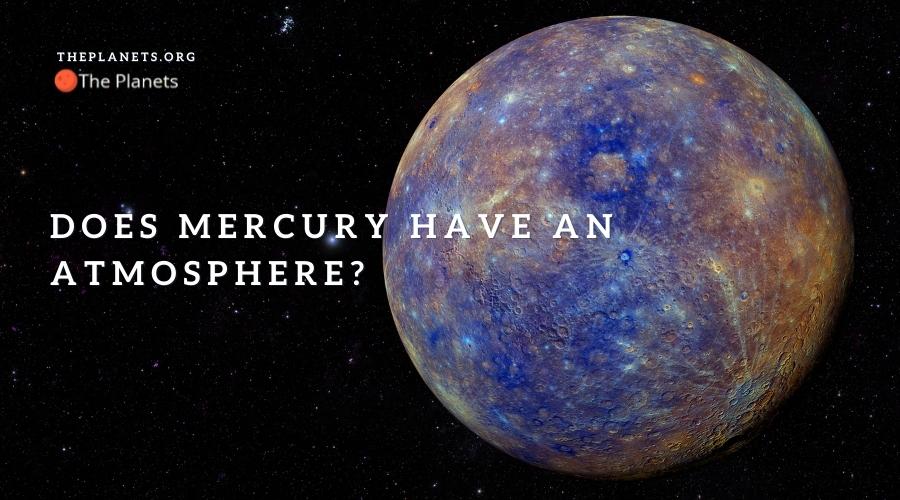
Though Mercury has an atmosphere, it’s quite different than the atmosphere on Earth. Solar winds that sweep across the planet carry atoms into space. Those particles form a thin atmosphere that changes regularly. Earth has a stable atmosphere that rarely changes. The atmosphere on Mercury changes more often and can change from one day to the next. This is due to the heat of the planet, which causes the atoms and particles to move in a steady stream from the planet into space. It is so thin that some think the planet does not have an atmosphere.
Solar Weather
One reason why some claim that Mercury lacks any type of atmosphere is because of the solar weather conditions that the planet experiences. The sun produces solar winds that constantly strike the planet. Some of those winds are so intense that they can break through rocks and boulders on the surface. Other winds are milder but can still do some damage. The solar winds hit Mercury and cause the dust to rise and release particles that are then carried into space. Gravity causes the lightest particles to form an atmosphere around the planet. The heavier atoms in those particles move through space and land back on the planet.
No Oxygen
If you dream of one day living in a colony on Mercury, it’s time to give up your dream. Mariner 10 was a spacecraft launched by NASA that traveled close to the planet and brought back some images that scientists used to create a theory that Mercury had oxygen. This led to some thinking that NASA could one day send men to the planet. When a second spacecraft traveled to the planet, it found that there is no oxygen on Mercury. The atmosphere of the planet instead includes calcium, magnesium and sodium.
Earth vs. Mercury
The Earth has magnetic fields that help protect us from the sun. When the sun releases particles, those fields step up and form something that functions as a shield. This keeps the particles from crashing through our atmosphere and damaging the planet. Mercury lacks any shield or magnetic fields, which means that are particles released by the sun can hit its surface. The fields on Earth also act as a funnel to force the particles back into space. Mercury can do little to protect itself and the surrounding atmosphere from the sun’s particles.
Mercury’s Comet
A unique feature of Mercury is that it has an object similar to a comet that follows behind it. This comet looks like a tail and is more than one million miles long. NASA found that the comet consists of ice chunks that can come loose and affect the planet’s atmosphere. Those chunks contain a large amount of calcium and can put pressure on the planet that causes more particles to extend beyond its surface. Scientists believe that the ice may affect the planet’s temperature too.
More About Mercury
As Mercury is the closest planet to the sun, you might wonder how it can have ice on its surface. This is because the planet doesn’t tilt or lean in one direction as the Earth does. It essentially stands straight up and rotates in a circle. The areas that are closest to the sun are extremely hot, while those that are furthest from the sun are cold enough to support ice chunks and glaciers. The planet consists of a core in the center with a rocky crust or mantle and then a solid terrain on the surface. As Mercury formed more than four billion years ago, it had time to develop an atmosphere and grow.